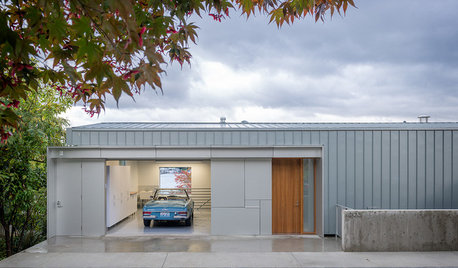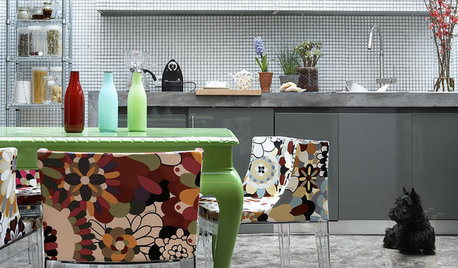reasons for phal getting smaller leaves?
t_bred
16 years ago
Related Stories

LIFE10 Reasons to Love a Not-Big House
A smaller home is easier to maintain and furnish, and there are intangible benefits too
Full Story
DECLUTTERINGDownsizing Help: Choosing What Furniture to Leave Behind
What to take, what to buy, how to make your favorite furniture fit ... get some answers from a homeowner who scaled way down
Full Story
ARCHITECTUREDesign Workshop: Reasons to Love Narrow Homes
Get the skinny on how a superslim house footprint can work wonderfully for your site, budget and quality of life
Full Story
LIFETips for Moving Into a Smaller Space
Downsize with less compromise: Celebrate the positive, pare down thoughtfully and get the most from your new home
Full Story
FALL GARDENING7 Reasons Not to Clean Up Your Fall Garden
Before you pluck and rake, consider wildlife, the health of your plants and your own right to relax
Full Story
MOST POPULAR10 Reasons to Get Rid of More Clutter
From a calmer mind to a more workable closet, the benefits of streamlining are just a few trash bags away
Full Story
LANDSCAPE DESIGN5 Reasons to Consider a Landscape Design-Build Firm for Your Project
Hiring one company to do both design and construction can simplify the process. Here are pros and cons for deciding if it's right for you
Full Story
SHOWERS5 Reasons to Choose a Walk-In Shower
Curbless and low-barrier showers can be accessible, low-maintenance and attractive
Full Story
ARCHITECTUREDesign Workshop: 10 Reasons to Put Craft Into Modern Architecture
Technology has led us to expect perfection, but handcrafted details can provide something even better
Full Story






claritamaria
claritamaria
Related Discussions
phal leaves
Q
New phal leaves lead to wilt & rot of old leaves?
Q
The reason of fruits getting smaller
Q
Dendro cane no leaves and phal won't spike
Q
mehitabel
turkeytaker
highjack
claritamaria
turkeytaker
t_bredOriginal Author
t_bredOriginal Author
mehitabel
jane__ny
mrbreeze
jemsta
highjack
olyagrove
claritamaria
mehitabel
cjwatson
highjack
jamcm
mehitabel
t_bredOriginal Author
howard_a
cjwatson
t_bredOriginal Author
pcan-z9
jane__ny
highjack
cjwatson
stitzelweller
xmpraedicta
highjack
t_bredOriginal Author
mehitabel
t_bredOriginal Author
cjwatson
t_bredOriginal Author
cjwatson
t_bredOriginal Author
mehitabel
highjack
cjwatson